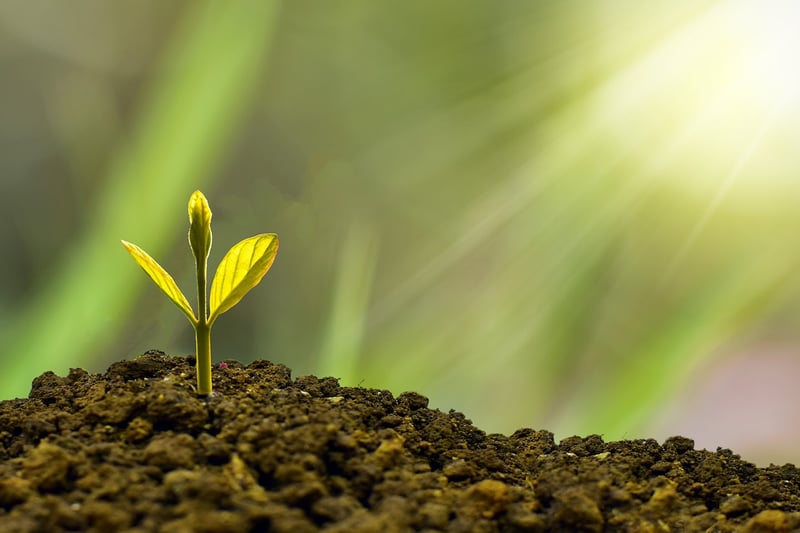Light Requirements
Essential Guide to Ensuring Plant Health: Understanding Light Requirements
Proper lighting is crucial for the health and growth of plants. Different plant species have varying light requirements, and understanding these needs is essential for maintaining thriving indoor or outdoor gardens. In this guide, we will explore the importance of light for plants and how you can ensure your plants receive the right amount of light to flourish.
Why Light is Important for Plants
Light is a vital component of photosynthesis, the process through which plants convert light energy into chemical energy to fuel their growth. Without adequate light, plants cannot produce the nutrients they need to survive. Insufficient light can lead to stunted growth, yellowing leaves, and poor flowering or fruiting.
Understanding Light Requirements
Plants are categorized based on their light requirements into three main groups:
- Full Sun Plants: These plants require at least 6-8 hours of direct sunlight per day. Examples include tomatoes, roses, and succulents.
- Part Sun/Part Shade Plants: These plants thrive in 3-6 hours of sunlight per day. Examples include hostas, begonias, and ferns.
- Shade-Loving Plants: These plants prefer minimal direct sunlight and thrive in dappled or indirect light. Examples include peace lilies, ferns, and calatheas.
How to Ensure Proper Light for Your Plants
Here are some tips to help you provide the right amount of light for your plants:
- Know Your Plant: Research the light requirements of each plant species you have and place them accordingly.
- Monitor Light Levels: Observe the amount of light your plants receive throughout the day to determine if they are getting enough or too much light.
- Rotate Plants: If your plants receive light from only one direction, rotate them regularly to ensure even light exposure on all sides.
- Use Grow Lights: In low-light conditions, consider using artificial grow lights to supplement natural light.
Conclusion
By understanding the light requirements of your plants and taking steps to ensure they receive adequate light, you can promote healthy growth and vibrant blooms in your garden. Remember to regularly assess and adjust the lighting conditions to meet the specific needs of each plant species you cultivate.

Image by Alexas_Fotos from Pixabay
